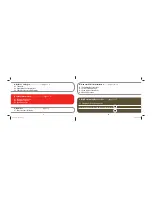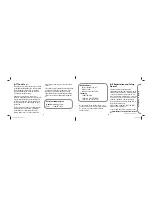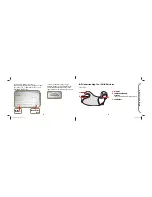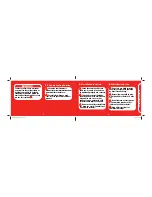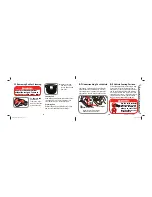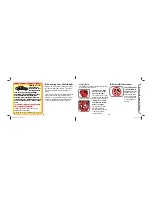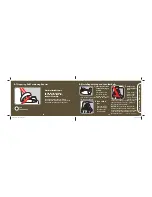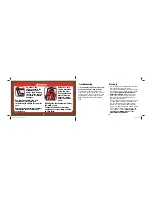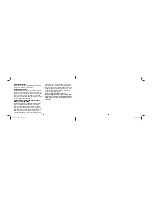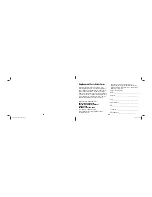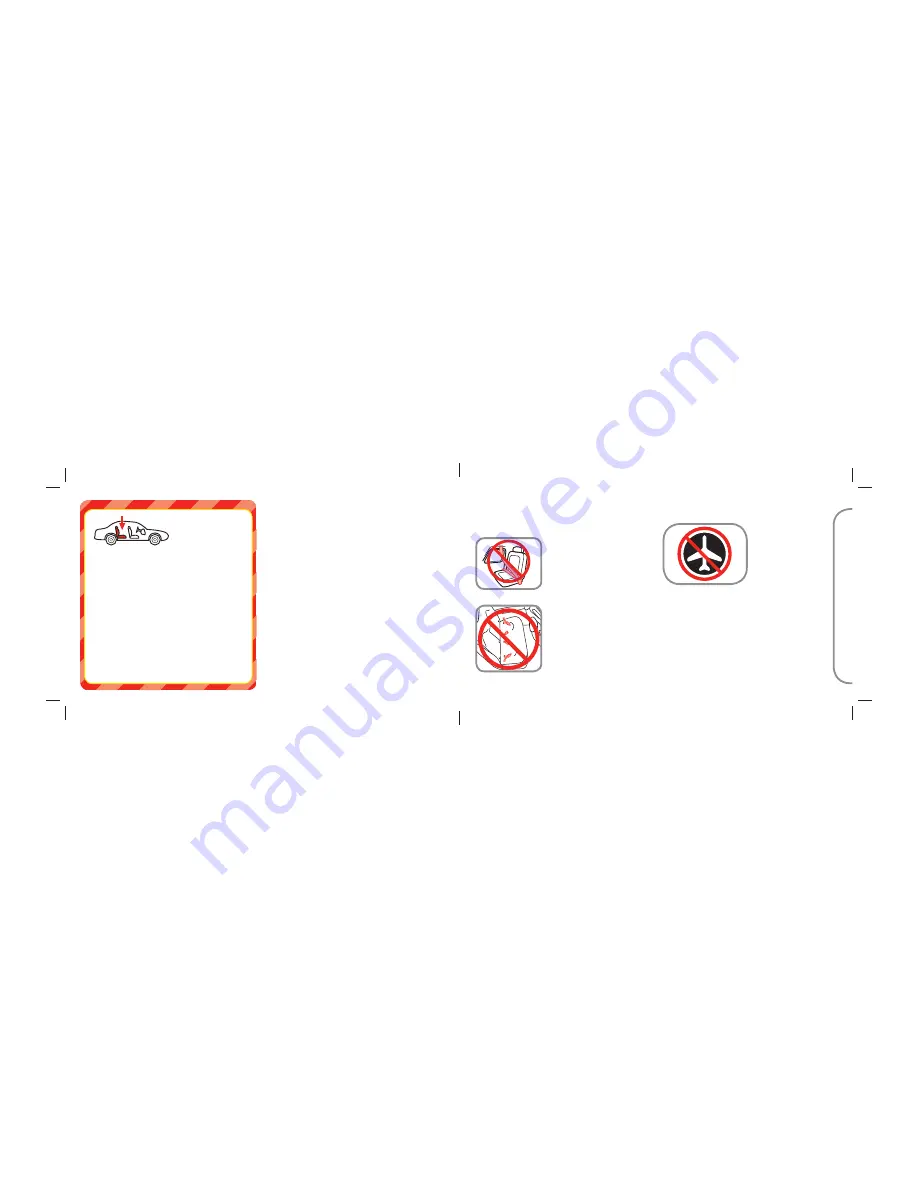
11
Children are safer
when properly
restrained in rear
seating positions
than in the front seating positions.
According to National Highway Traffic
Safety Administration information,
children in rear seating positions are
statistically safer, whether you have air
bags, advanced air bags, or no air bags
at all.
To avoid your child being seriously burned,
take the following precautions:
1. Park in the shade or where sun does not
directly hit the child restraint.
2. Always use the child restraint with the seat pad.
Review your vehicle’s owner manual for vehicle
seat belt use with child restraints. This is your
best source for information concerning your
vehicle.
There are some vehicle belts that will not work
with a child restraint or will require special
attention. You must determine if your vehicles
belts are compatible with this child restraint.
To help determine this, review next page.
D-3
Knowing Your Vehicle Belts
12
D. General Vehicle Installation
This child restraint
is NOT certified for
aircraft use.
Lap and
shoulder belts are
needed when using
as a belt-positioning
booster seat, which
are not available on
aircraft.
D-4
Aircraft Information
Vehicle Belts
You MUST have a vehicle lap and shoulder belt
to install this child restraint.
• Do Not Use vehicle
belts in center of the
door or side panel
You must move the child
restraint to another seating
location. Consult your vehicle owner’s manual.
• Do Not Use vehicle
belts that are in front
of the seat bight
You may need to move
the child restraint to
another seating location.
Consult your vehicle
owner’s manual.
4358-6022 Stack-It!.indd 13-14
4358-6022 Stack-It!.indd 13-14
6/7/12 8:51 AM
6/7/12 8:51 AM


